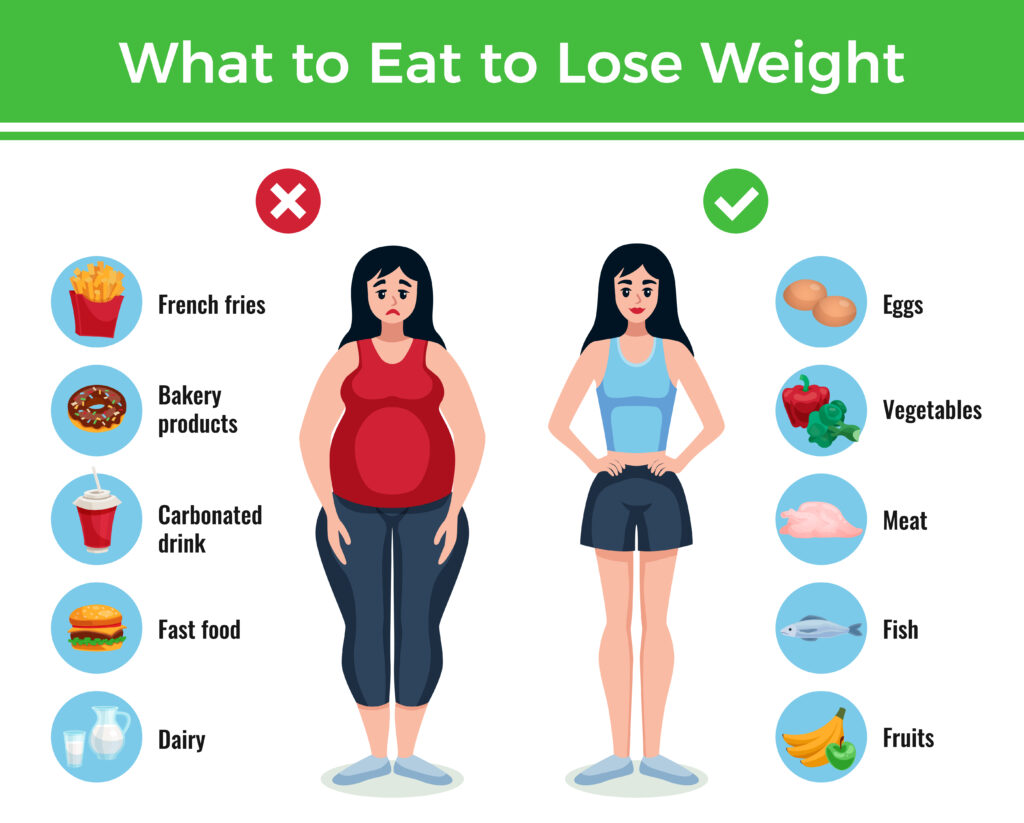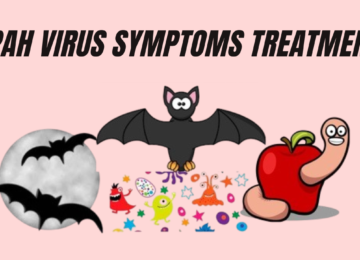Losing belly fat is not only about achieving a desirable physique but also prioritizing your overall health and well-being. Carrying excess weight around your midsection has been linked to numerous health risks, including cardiovascular diseases and diabetes. In this comprehensive guide, we will debunk common misconceptions about belly fat and provide you with effective strategies to shed those stubborn pounds.
The Science Behind Belly Fat
Differentiating between subcutaneous and visceral fat
Understanding the different types of belly fat is crucial in developing effective fat loss strategies. Subcutaneous fat lies just beneath the skin and can be pinched, while visceral fat is stored around organs in the abdominal cavity. Visceral fat is particularly concerning, as it has been associated with a higher risk of chronic diseases.
Exploring the health risks associated with excess belly fat
Excess belly fat is not just a cosmetic concern; it can significantly impact your health. Studies have shown that individuals with increased belly fat are more prone to cardiovascular diseases, insulin resistance, and inflammation. By addressing your belly fat, you can reduce the risk of these potentially life-threatening conditions.
Unraveling the hormonal factors contributing to belly fat
Hormones play a significant role in the accumulation and distribution of belly fat. For instance, high levels of cortisol, the stress hormone, have been linked to increased fat storage in the abdominal area. Understanding the hormonal factors contributing to belly fat will help you tailor your approach to effectively address this issue.

Evaluating Your Current Situation
Determining your body mass index (BMI)
Calculating your BMI provides a starting point to evaluate your overall weight status. This measurement takes into account your height and weight to categorize you into different weight categories, such as underweight, normal weight, overweight, or obese. It serves as a baseline to set realistic goals for belly fat reduction.
Measuring waist circumference accurately
Waist circumference is a more specific indicator of central adiposity, or excess belly fat. By measuring your waist circumference accurately, you can assess your risk of developing health issues associated with abdominal fat. Generally, men with a waist circumference above 40 inches and women with a waist circumference above 35 inches are considered to have increased health risks.
Analyzing body composition to identify fat distribution
Looking beyond weight and measurements, analyzing your body composition can provide insights into fat distribution. Techniques such as dual-energy X-ray absorptiometry (DEXA) scans or bioelectrical impedance analysis (BIA) can help determine the percentage of body fat and identify any imbalances. By targeting specific areas of fat accumulation, such as the belly, you can achieve a more balanced physique.

Role of Diet in Losing Belly Fat
Recognizing the significance of a calorie deficit
Creating a calorie deficit is fundamental to losing belly fat. By consuming fewer calories than your body expends, you signal it to tap into stored fat for energy. However, it is essential to strike a balance and not excessively restrict calories, as this can hinder metabolism and lead to muscle loss.
Emphasizing the importance of a balanced diet
Adopting a balanced diet that includes a variety of food groups is key to overall health and sustainable weight loss. Focus on incorporating lean proteins, whole grains, fruits, vegetables, and healthy fats into your meals. Avoid highly processed foods, sugar-laden snacks, and excessive sodium intake, as these can contribute to belly fat accumulation.
Uncovering superfoods for targeting belly fat
While there are no magical foods that specifically target belly fat, certain foods can promote overall weight loss and support fat burning. Incorporating foods such as avocados, fatty fish high in omega-3 fatty acids, green tea, and probiotics-rich yogurt can aid in reducing belly fat. These foods are nutrient-dense and can help you feel satisfied while maintaining a calorie deficit.

Effective Exercise Strategies
Incorporating cardio exercises for overall fat burning
Engaging in regular cardiovascular exercises is paramount for burning calories and shedding excess fat, including belly fat. Activities such as running, swimming, cycling, or high-intensity interval training (HIIT) are great options to elevate your heart rate and stimulate fat burning. Aim for at least 150 minutes of moderate cardio exercise per week.
Exploring strength training techniques to shape your core
Strength training not only helps build lean muscle mass but also contributes to toning and shaping your core muscles. By incorporating exercises such as planks, Russian twists, and weighted crunches into your routine, you can strengthen your abdominal muscles and create a more defined appearance. Remember, muscle development boosts metabolism, leading to a more efficient fat-burning process.
Unveiling specific abdominal exercises for toning muscles
Targeted abdominal exercises can complement your overall workout routine and help tone the underlying muscles. Include exercises like bicycle crunches, leg raises, and mountain climbers to specifically target your abs. However, keep in mind that spot-reducing fat solely through targeted exercises is a myth, and overall fat loss is necessary to reveal sculpted abdominal muscles.

Stress and Sleep Management
Understanding the impact of stress hormones on belly fat
Chronic stress triggers the release of cortisol, a hormone that contributes to fat accumulation, especially around the abdomen. It is crucial to manage stress effectively to prevent the negative effects it can have on your body, including increased belly fat. Techniques such as mindfulness, meditation, and engaging in hobbies can help reduce stress levels.
Implementing stress-reduction techniques
Incorporating stress-reduction techniques into your lifestyle is crucial for long-term belly fat loss. Experiment with activities like yoga, deep breathing exercises, or engaging in hobbies that bring you joy. Additionally, seeking support from loved ones or participating in support groups can provide emotional relief and aid in stress management.
Prioritizing quality sleep for weight management
Sleep plays a vital role in maintaining a healthy weight. Lack of sleep disrupts hormonal balance, affecting appetite regulation and increasing cravings for sugary and high-calorie foods. Aim for 7-9 hours of quality sleep per night to support your weight loss efforts and reduce the accumulation of belly fat

Practical Lifestyle Changes
Limiting alcohol consumption and its impact on belly fat
Alcohol consumption can derail your weight loss goals, particularly when it comes to losing belly fat. Alcoholic beverages are often high in calories and can contribute to fat storage, especially around the waistline. Moderation is key, and limiting your intake or opting for healthier alternatives can significantly impact your progress.
Quitting smoking to improve overall health and reduce fat accumulation
Smoking not only poses various health risks but can also impact belly fat accumulation. Research suggests that smoking affects fat distribution and increases the likelihood of visceral fat accumulation. Quitting smoking not only improves your overall health but also supports your weight loss journey.
Incorporating mindful eating habits to prevent overeating
Practicing mindful eating habits enables you to develop a healthier relationship with food and prevent overeating. Pay attention to your body's hunger and fullness cues, eat slowly, and savor each bite. Mindful eating allows you to enjoy your meals while being conscious of portion sizes and making healthier choices.

Myth Busting: Spot Reduction and Quick Fixes
Debunking the misconception of spot reduction
It is important to dispel the myth that targeted exercises can selectively burn fat in specific areas, such as the belly. Fat loss occurs uniformly throughout the body, and focusing solely on abdominal exercises will not result in spot reduction. A comprehensive approach that promotes overall fat loss through a combination of diet, cardio, and strength training is necessary.
Understanding the drawbacks of fad diets and shortcuts
Quick fixes and fad diets may promise rapid weight loss, but they often come with detrimental consequences. These approaches tend to be restrictive, unsustainable, and may lead to nutrient deficiencies. Healthy, long-term weight loss requires a balanced approach that promotes overall well-being.
Promoting a long-term, sustainable approach to losing belly fat
Sustainable weight loss is a journey that requires patience and commitment. Embrace a holistic approach that includes a balanced diet, regular exercise, stress management, and proper sleep. By adopting healthy habits and making gradual lifestyle changes, you will achieve long-lasting results and maintain a flat stomach.

Maintaining Results and Preventing Belly Fat Rebound
Emphasizing the importance of sustainable habits
Successfully losing belly fat requires the adoption of sustainable habits that you can maintain in the long run. Crash diets or extreme exercise regimes may yield short-term results, but they are difficult to sustain. Focus on building a healthy relationship with food, enjoying balanced meals, and finding physical activities you genuinely enjoy.
Incorporating regular exercise into your lifestyle
Regular exercise is not only critical for losing belly fat; it also plays a vital role in maintaining your results. Find physical activities that you enjoy and make them a part of your daily routine. Whether it's jogging, dancing, or hiking, consistent exercise will support your weight management efforts and prevent belly fat rebound.
Developing a long-term maintenance plan for a flat stomach
Maintaining a flat stomach requires ongoing effort and a balanced approach. Continuously reassess your habits and make adjustments as needed. Stay mindful of your caloric intake, prioritize nutrient-dense foods, and engage in regular physical activity. With consistency and a long-term maintenance plan, you can confidently maintain your belly fat loss.

Conclusion
Losing stubborn belly fat goes beyond just achieving a flat stomach – it is about prioritizing your health and overall well-being. By understanding the scientific aspects, evaluating your current situation, implementing effective strategies, and adopting sustainable habits, you can embark on a successful belly fat loss journey. Remember, long-term commitment and gradual progress are key to achieving and maintaining your desired results.
Empower yourself with knowledge and take control of your health. With the tools provided in this ultimate guide, you are equipped to make informed decisions and pursue a healthier, belly fat-free lifestyle.
FAQs
While targeted exercises can help strengthen and tone your abdominal muscles, they do not directly burn belly fat. A comprehensive approach that combines cardiovascular exercise, strength training, and a calorie deficit is necessary to reduce overall body fat, including belly fat.
The timeline for losing belly fat varies depending on various factors, such as your starting point, metabolism, and consistency. A healthy approach focusing on sustainable habits typically yields gradual and steady progress. Patience, persistence, and a lifestyle change are key for long-term success.
While certain natural remedies and supplements may claim to aid in belly fat reduction, their effectiveness is often limited. It is important to approach such products with caution, as they may have side effects or lack scientific evidence supporting their claims. Prioritizing a balanced diet, regular exercise, and overall wellness is a more reliable approach.
Yes, chronic stress can contribute to the accumulation of belly fat. Prolonged release of the stress hormone cortisol can stimulate fat storage, particularly around the abdomen. Implementing stress-reduction techniques and prioritizing self-care can effectively mitigate the impact of stress on belly fat accumulation.
Cosmetic surgery, such as liposuction or tummy tucks, can remove excess fat and tighten the abdominal area. However, it is important to note that surgery is not a substitute for healthy lifestyle habits. Before considering surgery, it is advisable to exhaust all non-invasive options and consult with a medical professional to determine the best course of action.








আজ থেকে আমিও শুরু করবো